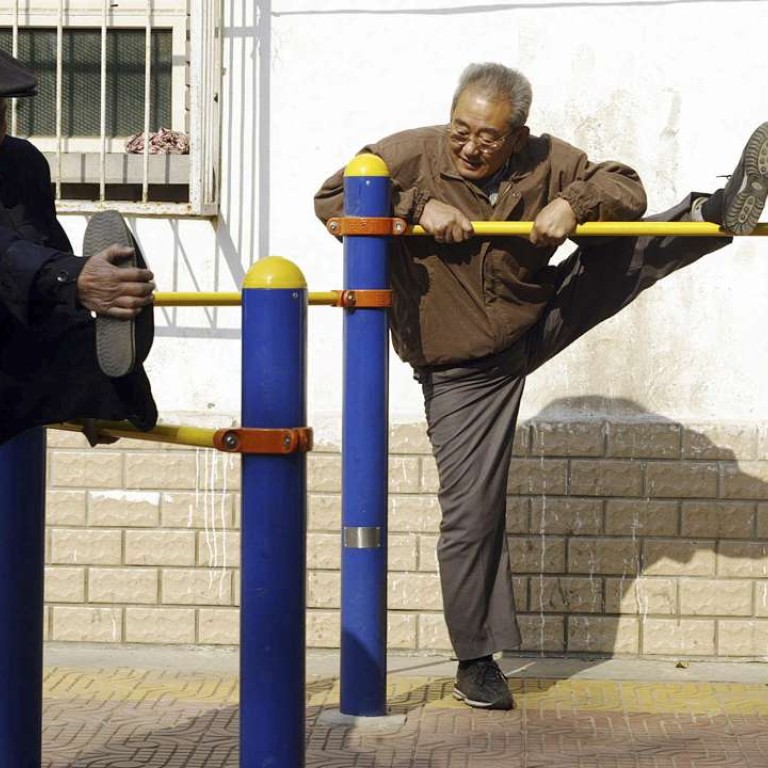
How moderate to intense exercise can slow brain ageing in the elderly
Maintaining high activity levels can give you the memory and thinking skills of someone 10 years younger. Also in the news: women on the Pill are less likely to suffer debilitating knee injuries
Older people who exercise regularly may keep not only their body but their mind in youthful shape for longer. In a new study published online in Neurology, people who reported light to no exercise experienced a decline in thinking skills equal to 10 more years of ageing compared to people who reported moderate to intense exercise.
Researchers at the University of Miami looked at data on 876 people enrolled in the Northern Manhattan Study who were asked how long and how often they exercised during the two weeks prior to that date. An average of seven years later, each person was given tests of memory and thinking skills and a brain MRI, and five years after that they took the memory and thinking tests again. Of the group, 90 per cent reported light exercise (such as walking or yoga) or no exercise. The remaining 10 per cent reported moderate- to high-intensity exercise, which could include activities such as running, aerobics, or calisthenics.
When looking at people who had no signs of memory and thinking problems at the start of the study, researchers found that those reporting low activity levels showed a greater decline over five years compared to those with high activity levels on tests of how fast they could perform simple tasks and how many words they could remember from a list. The difference was equal to that of 10 years of ageing. The difference also remained after researchers adjusted for other factors that could affect brain health, such as smoking, alcohol use, high blood pressure and body mass index.

Personality traits can be revealed by movement, study shows
A pioneering new study has revealed that people who display similar behavioural characteristics tend to move their bodies in the same way. The study, by a team of researchers in Britain, Italy and France,
suggests that each person has an individual motor signature (IMS), a blueprint of the subtle differences in the way they move compared to someone else, such as speed or weight of movement for example.
Using a plain mirror game – in which two “players” are asked to imitate each other’s movements – the team showed that people who have similar movements will tend to display more organised collective behaviour. The researchers believe these findings indicate that people with comparable movement blueprints will therefore find it easier to coordinate with each other during interpersonal interactions.
The team also believe that a person’s IMS – and how they interact with others – could give an insight into their mental health condition, and so pave the way for personalised prediction, diagnosis or treatment in the future.

The Pill: avoiding pregnancies – and knee injuries as well
Women who take the birth control pill, which lessens and stabilises oestrogen levels, are less likely to suffer serious knee injuries, according to researchers from The University of Texas Medical Branch at Galveston. Published in the journal Medicine & Science in Sports & Exercise, the study analysed a national US insurance claims and prescription database of 23,428 young women between 15 and 19. Women with injury to their anterior cruciate ligament (ACL) – which connects the top and bottom portions of the knee – who were taking the birth control pill were less likely to need corrective surgery than women of the same age with ACL injuries who do not use the birth control pill.
Researchers have proposed that the female hormone oestrogen makes women more vulnerable to ACL injury by weakening this ligament. Female athletes are 1.5 to two times more likely than their male counterparts to injure their ACL. Return-to-play rates after ACL injury are as low as 49 per cent among soccer players. Also, this injury may lead to lifelong issues with knee instability, altered walking gait and early onset arthritis.
A previous investigation found that more ACL injuries in women occur during the points of their menstrual cycle when oestrogen levels are high.

